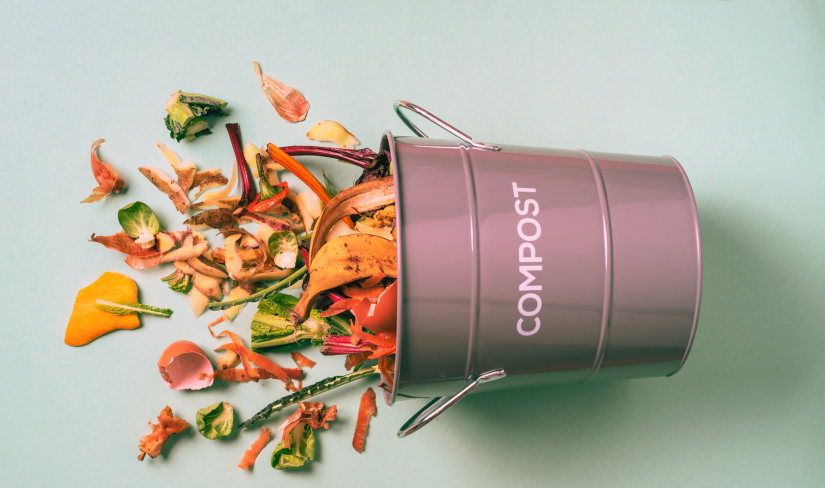Green beans, also known as string beans or snap beans, are a delightful addition to any garden. Not only are they easy to grow, but they also provide a nutritious and tasty addition to your meals. In this beginner’s guide, we’ll explore the ideal climate for green beans, their water requirements, and essential tips for cultivating a thriving green bean crop.
Climate:
Green beans thrive in warm temperatures and require plenty of sunlight to flourish. They can be grown in various climates, but they perform best in regions with a moderate climate. Aim for daytime temperatures between 70°F to 85°F (21°C to 29°C) during the growing season. However, green beans can tolerate a range of temperatures, as long as they are not exposed to frost.
Watering:
Proper watering is essential for the success of your green bean crop. These plants require consistently moist soil, but it’s crucial to avoid overwatering, which can lead to root rot and other issues. Aim to water your green beans deeply, providing about 1 inch of water per week, either through rainfall or irrigation. Ensure that the soil drains well to prevent waterlogging, and water at the base of the plants to avoid wetting the foliage, which can invite disease.
Cultivation Tips:
1. Choose the Right Variety: Select a green bean variety suited to your climate and gardening space. Bush varieties are compact and suitable for smaller gardens, while pole varieties require support but often yield a larger harvest.
2. Prepare the Soil: Green beans prefer well-drained soil rich in organic matter. Before planting, loosen the soil to a depth of 6-8 inches (15-20 cm) and incorporate compost or aged manure to improve fertility.
3. Planting: Wait until the danger of frost has passed and the soil has warmed to at least 60°F (15°C) before planting green beans. Space bush bean seeds 2-4 inches apart in rows spaced 18-24 inches apart. For pole beans, set up trellises or supports before planting and sow seeds at the base of each support.
4. Watering: Keep the soil consistently moist by watering deeply once or twice a week, depending on weather conditions. Mulching around the plants can help retain soil moisture and suppress weeds.
5. Fertilizing: Green beans are moderate feeders. Fertilize with a balanced fertilizer before planting and side-dress with compost or a nitrogen-rich fertilizer once or twice during the growing season.
6. Harvesting: Green beans are typically ready to harvest 50-60 days after planting. Pick beans when they are young and tender, before the seeds inside have fully developed. Harvest regularly to encourage continuous production throughout the growing season.
Growing green beans is a rewarding experience for beginners and seasoned gardeners alike. By providing the right climate, proper watering, and following essential cultivation tips, you can enjoy a bountiful harvest of fresh, delicious green beans from your garden. So roll up your sleeves, plant some seeds, and get ready to enjoy the fruits of your labor!













0 Comments